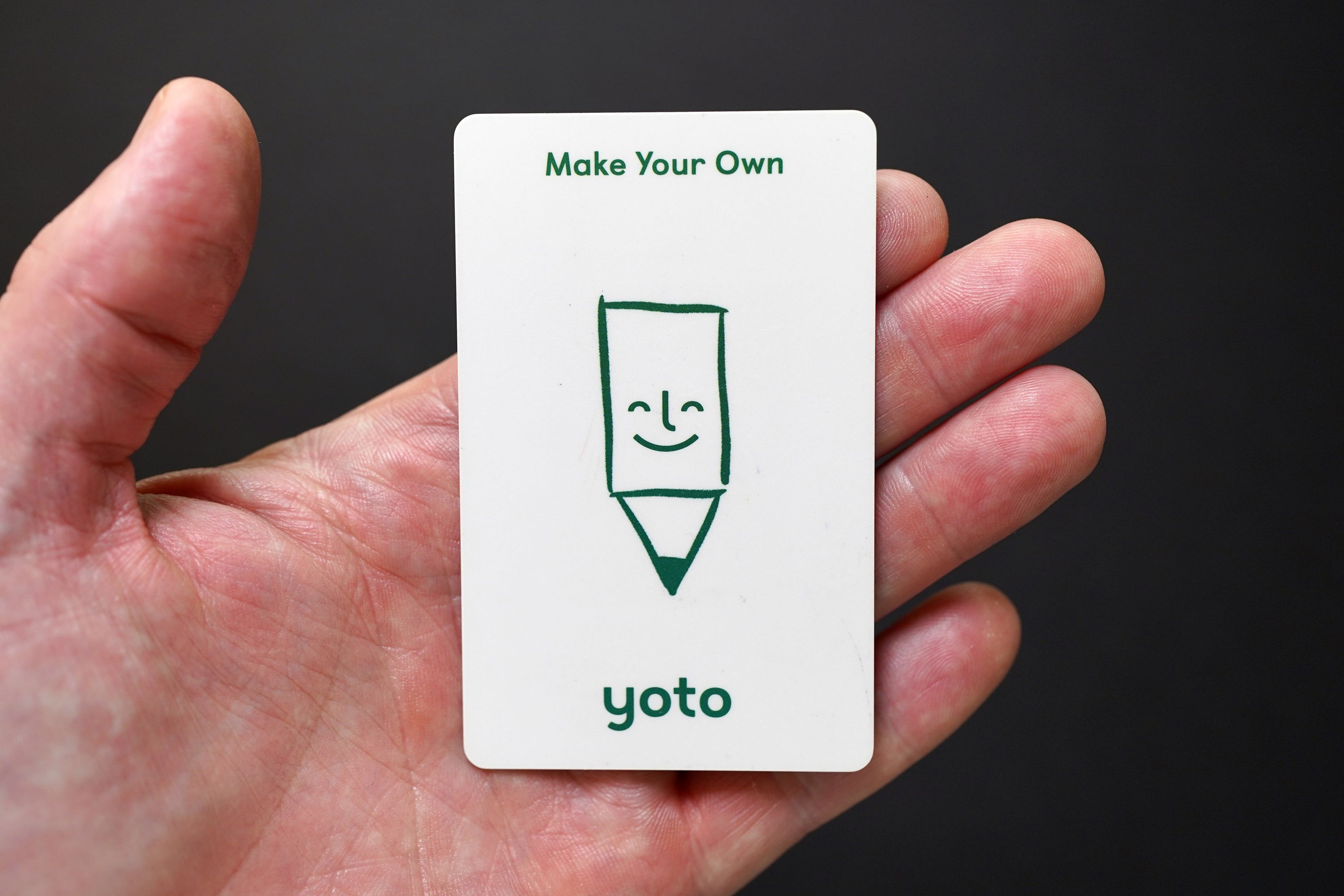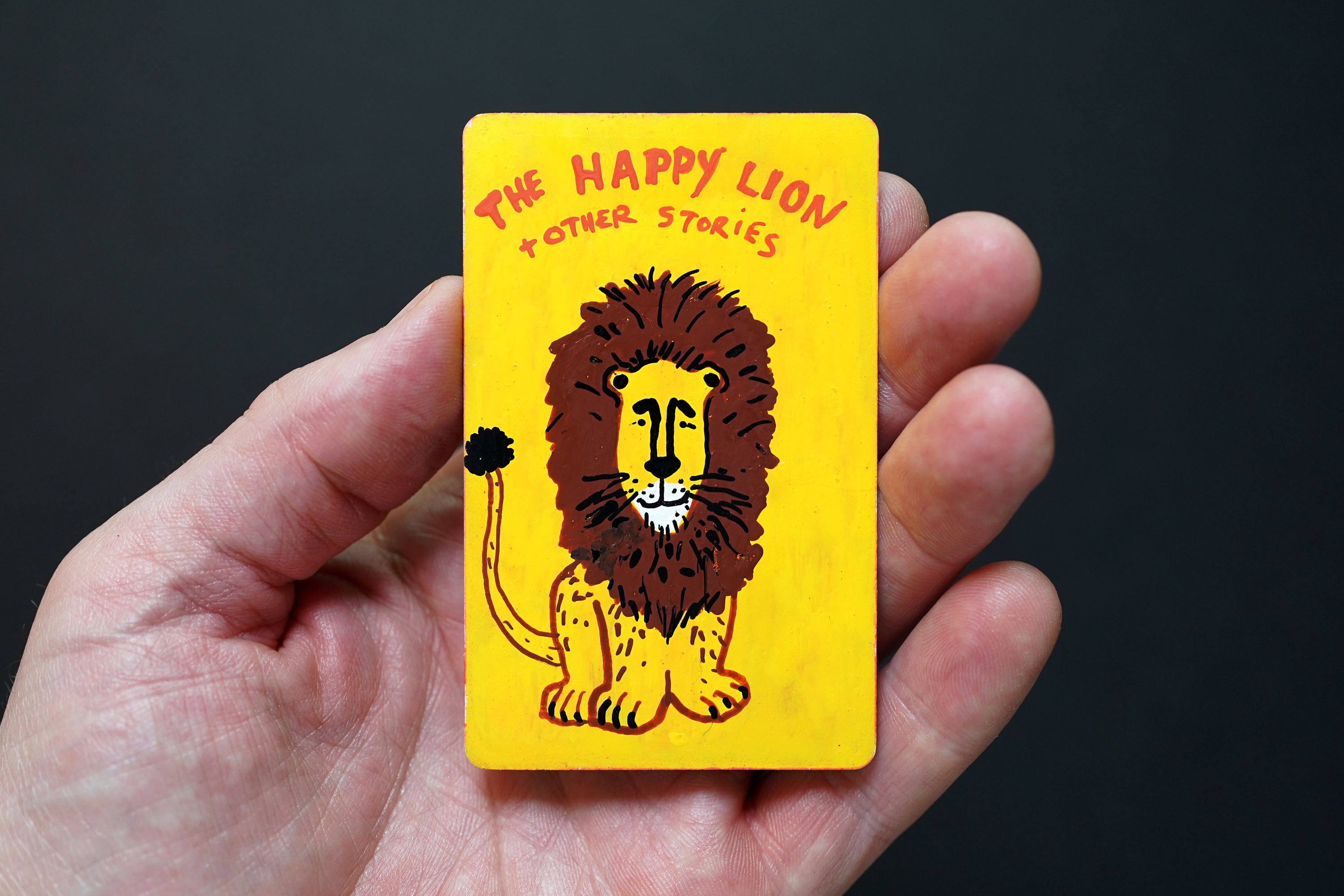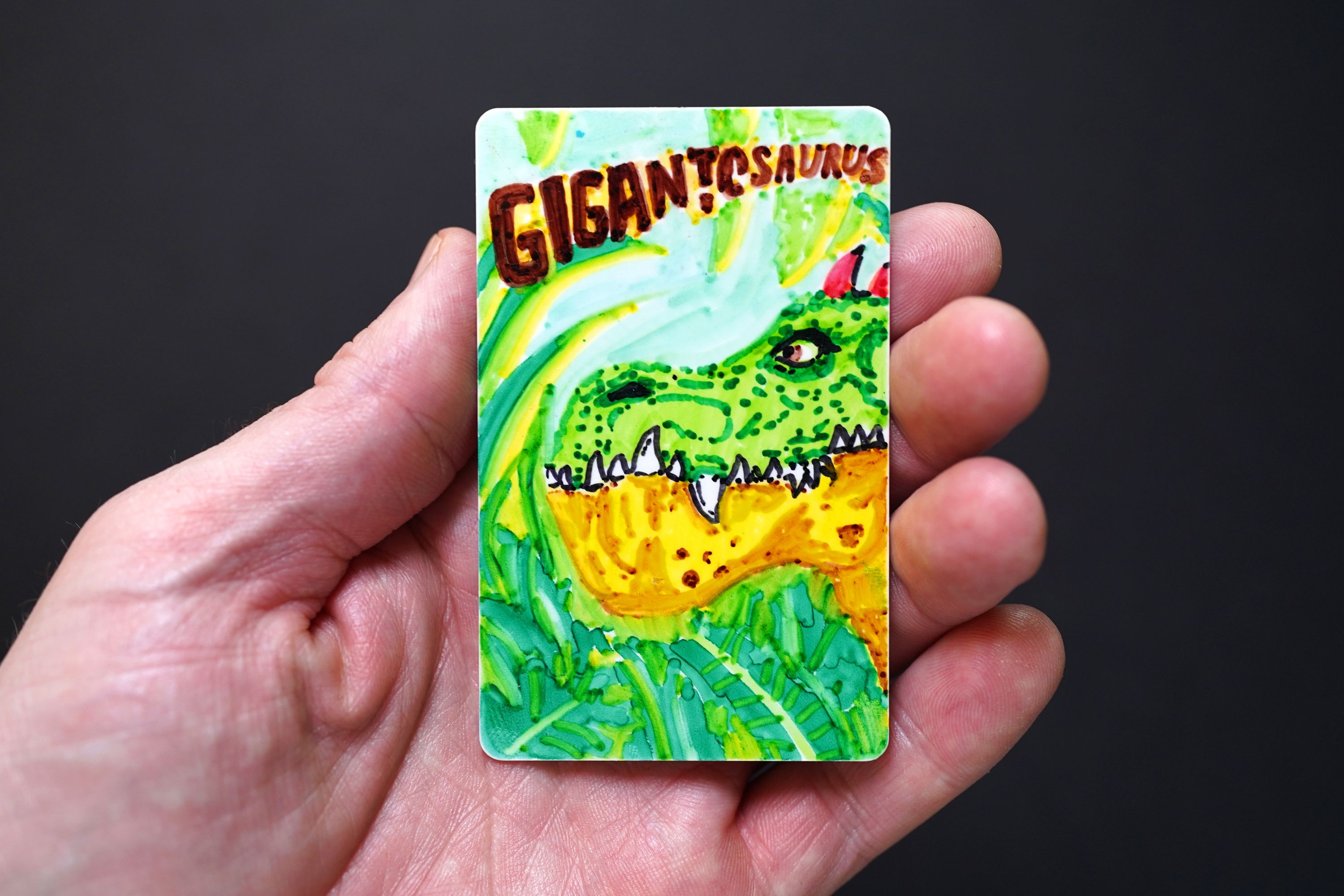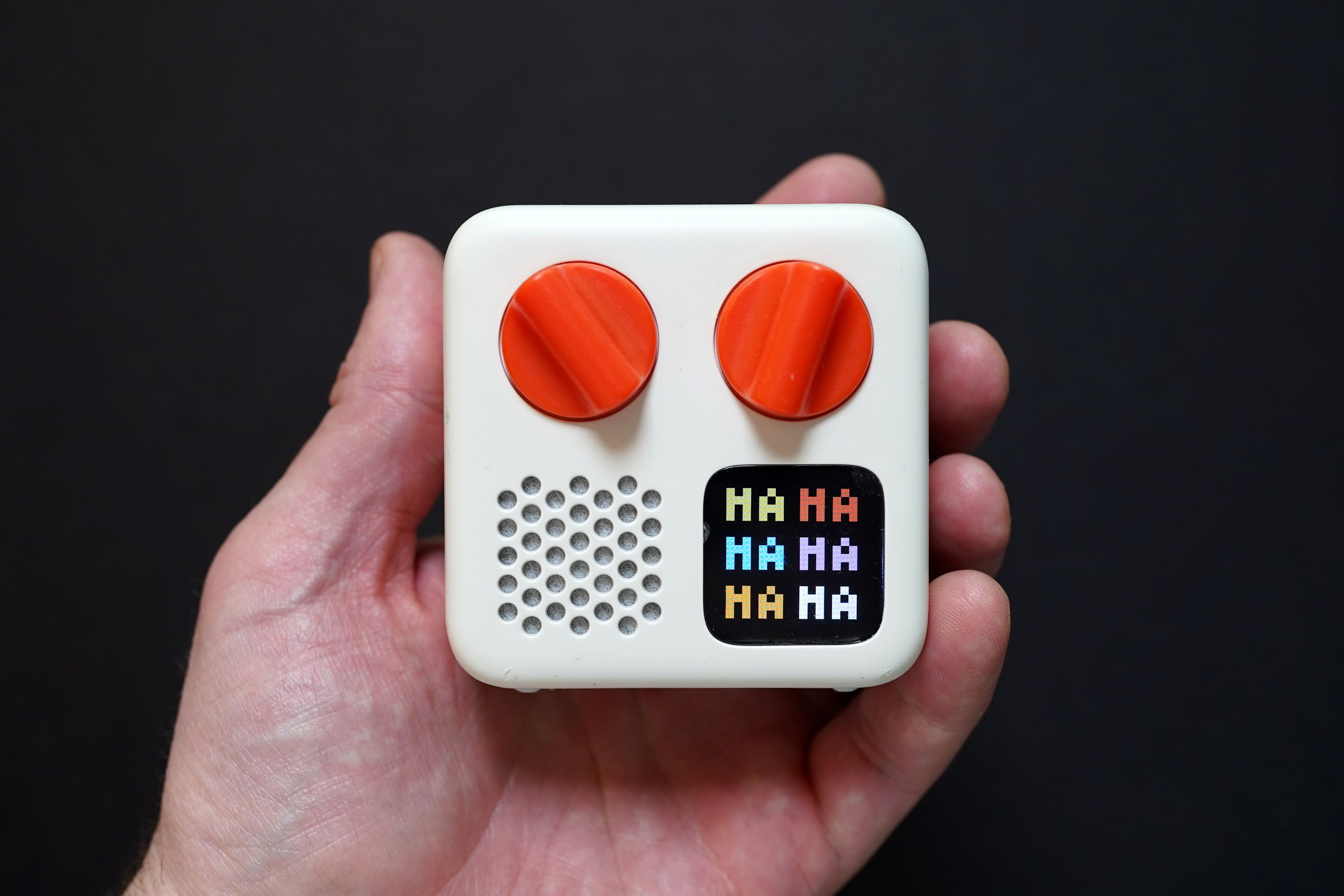object — Yoto
This is the best media player for children.

In the month before the pandemic shut everything down, I was in the midst of some research on how designers — and other kinds of creative experts and consultants — can best communicate results. I was looking at a variety of case study models and trying to devise a system that would best suit my clients goals and abilities. That’s when I found myself looking at a case study that Pentagram published of their work on the Yoto.
I was immediately impressed by the quality of the work — no surprise there — but I was also incredibly intrigued by the product itself. Like many of us at that point in late February, 2020, I had a sense that we were about to be stuck at home for a while. This seemed like a really neat thing for a kid who might otherwise defer to a screen. Ten minutes later, I had purchased one.
More than three years later, I can say that my first impression was accurate. There are many ways to qualify that — what it actually is and whether it’s remained of interest, what it’s like to use, and how it is made.
What is it?
The Yoto is an internet connected audio player. It plays physical cards, some of which come pre-programmed with material and others which you can purchase blank and make into whatever you like. The player holds a charge and so it is easily mobile. It will store the audio from the cards to make offline playback possible, and when connected, it will also play music through a radio feature and a daily podcast for kids.
The Yoto card store is filled with all kinds of material — music, podcast-like educational programs, math and phonics learning material, and of course, stories. They’ve got something for every kid. It’s pretty astounding. The quality of the material is excellent.
Here’s one that my 18-month-old son listens to every night at bedtime.

But by far the coolest thing about this machine is what you can do with blank cards. It basically makes this thing a minidisc player for kids.

Any audio can be put on a blank card — a message from a grandparent recorded with your phone, to music mp3s, to the audio from weird old kids programs about dinosaurs found on YouTube that you’ve scraped using a sketchy YouTube audio extractor program on the web. This is a very specific use case in our house. It’s actually become the most common use case. I’ve basically reproduced the process I followed 23 years ago in my bedroom at college when I’d find music on Napster, isolate the best quality files, and build album playlists that I’d transfer to Minidisc, and then make a very high-fidelity cover for them.
Below are a couple of homemade cards from my older kiddo’s collection. Yes, I went a bit too far in decorating them.


The incredible diversity of content and flexibility of use of the Yoto has made it an enduring source of entertainment in our house. Our six-year-old daughter has used it every single day for the last three years.
What It’s Like to Use
In short, it just works. I remember I set it down in front of my then three-year-old daughter and turned it on, and within seconds she was using it without any help. She immediately understood the card concept. She was enthralled by the simple, blocky imagery that is shown on the screen. She loved that she could carry it around and take it to whatever corner of the house seemed coziest at the moment. There was a lot of that sort of activity in the early days of the pandemic.

I have since purchased two more Yoto products. The first was the full-size Yoto; the second and third have been two of the smaller, more portable versions. They work as well (if not better) than the larger one and have exactly the same features. My daughter has one of them for trips and things, and the other one is in my son’s room.
The Object
This entire post reads like a commercial for the Yoto. But I can’t really imagine an honest recounting of what this thing is that didn’t end up selling one. I’ve evangelized the Yoto among my colleagues who have children and many have been purchased. But once you hold it in your hands, you realize that it is more than just a great idea.
Pentagram is responsible not just for how the Yoto looks (beautiful and fun), but for its complete industrial design. It is a stunning achievement. It is one of the most well-made toys I’ve seen since becoming a parent. It withstands the roughest of child handling (and dropping). But it also just feels perfect in your hand. Unlike technology devices made for adults, it uses materials that are easy to grip, easy to clean, and that I’m confident will endure as well as the Fisher Price toys I had as a child of the early 1980s. (On that note, a smartphone with Yoto sensibilities would be blind buy for me.)
It’s clear that the Pentagram team put a lot of thought and testing into the user experience, too. As I mentioned, it was immediately intuited by a three-year-old. The same goes for me. I don’t recall reading any help literature. I installed a parent-control app, and it all just made sense. Even transferring audio to the blank cards is as easy as I could imagine it to be.
I wish more children’s objects were made like this one. And I especially love that in this time – the era of the screen — a device has been made that, though it certainly draws a gaze, isn’t meant to be stared at. This thing is made to foster auditory learning. It uses sound to engage the imagination and focus the mind’s eye. Children need that, and so do we adults.
Christopher Butler, May 15, 2023
Filed under: Log